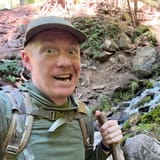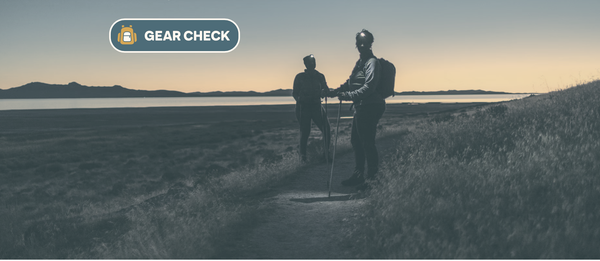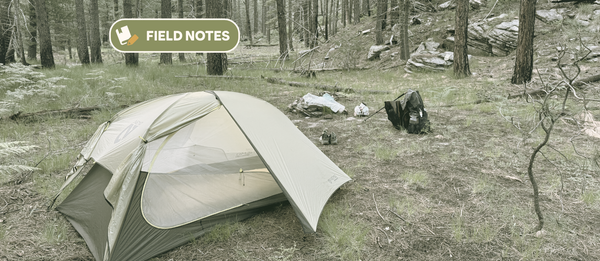Ten Essentials: Navigation
On the trail, navigation is more than a convenience — it’s survival gear. The same is true for faith. God’s Word isn’t just a map, it’s how we tune our ears to the living voice of our Guide.
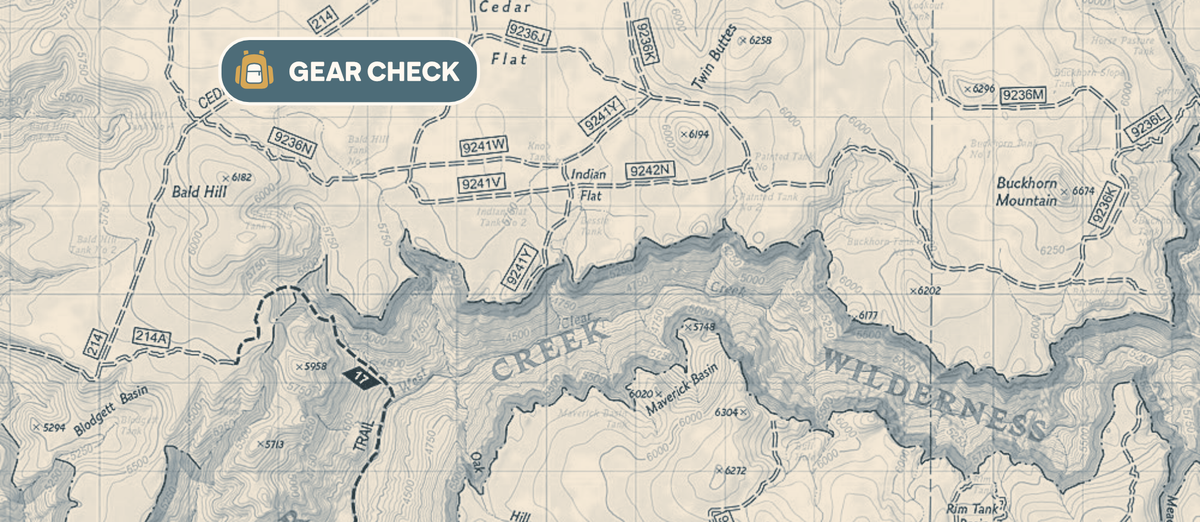
There’s a unique silence on a solo backpacking trip. By day two of a three-day trek on the upper Mogollon Rim, I had settled into its rhythm. It was just me, the towering ponderosas, and the steady crunch of my trail runners on the path.
Then I came to a section where recent rains had cut a new wash through the landscape, and the trail I was following simply vanished. I pushed forward, scanning for a familiar blaze on a tree or a boot print in the mud, but there was nothing. The silence that had felt peaceful moments before now felt heavy. There were no other hikers on the trail to consult. Just me, an unreliable GPS signal, and the quiet, rising anxiety of being disoriented.
That feeling is a humbling reminder that on any long trek, navigation is more than a convenience. It’s survival gear — the first and most foundational of the Ten Essentials for a reason: without it, all other preparations can be for nothing. As we kick off our series exploring the spiritual parallels of these essentials, we’re starting right here.
And that feeling of being lost is something I know well from my spiritual life. We’re walking along, and then a life event — a diagnosis, a job loss, a crisis of faith — lands us in a rocky wash, and the path disappears. The changing landscape quickly leads to disorientation. In those moments, we realize the Bible can’t just be a book we glance at occasionally. It has to be our active, real-time connection to the Guide who knows the terrain ahead.
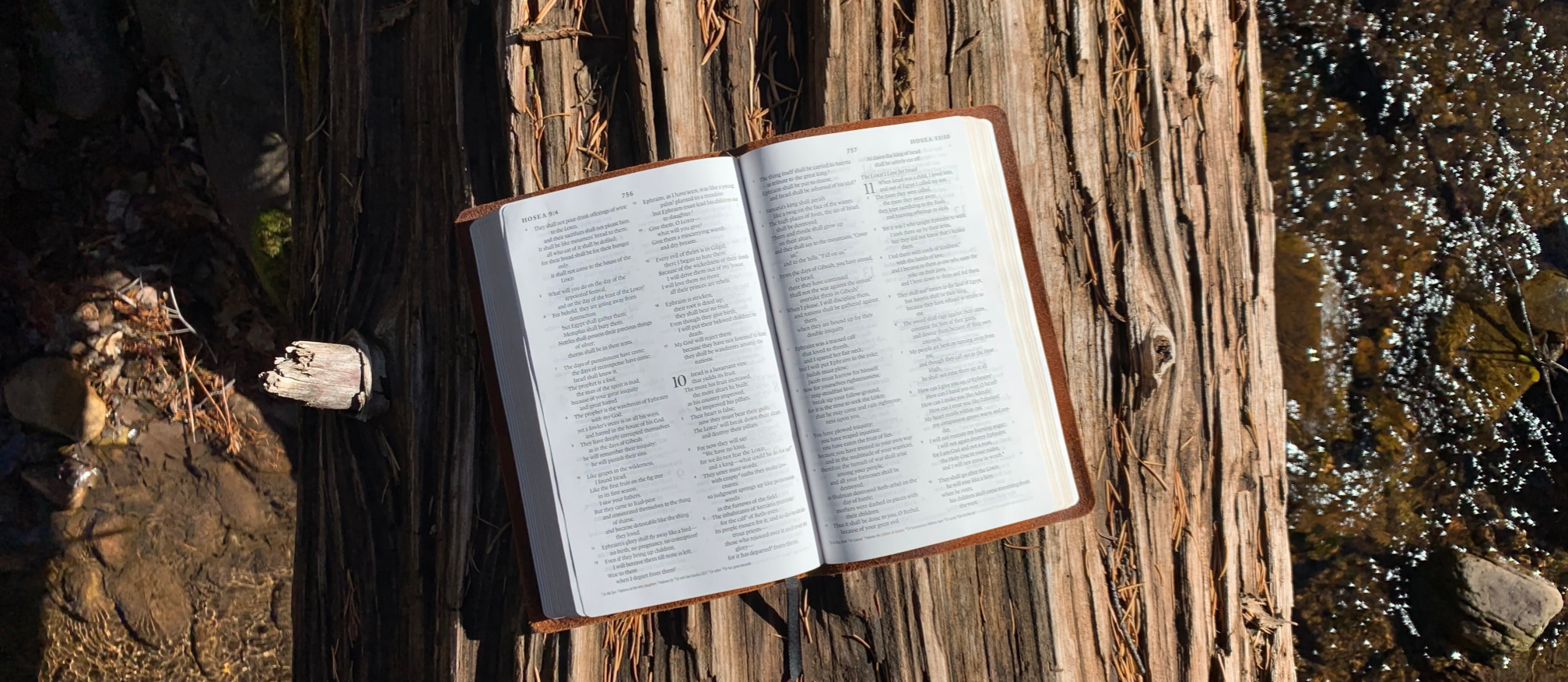
A Living Map, Not a Dusty Scroll
Standing there in that wash, I pulled out my phone, but the GPS was spotty, placing me in a frustratingly large blue circle without any information about the freshly-erased trail. The digital map had its limits. What I really wanted was a voice telling me, “It’s this way.”
This is the difference between the Bible as a static map and the Bible as a relational guide. Jesus says,
“My sheep hear my voice, and I know them, and they follow me” (John 10:27).
The Word isn’t just static ink on a page. It’s the primary way we tune our ears to recognize the living voice of our Guide. Reading Scripture isn’t about memorizing a map or following a rigid set of directions. Meditating on God’s Word, I start to recognize the Guide’s voice for when the trail gets tricky and I’m all alone.
A Headlamp, Not a Floodlight
Panic is a poor guide. My first instinct was to rush, to pick a direction and just start moving. But on a solo trip, a rash decision can have serious consequences. Wisdom required me to stop, take a breath, and pull out my physical map and compass.
I couldn’t see the whole route of the detour I’d have to take. I couldn’t even see where the trail picked up again. All I could do was get a bearing from my last known point and choose the next ten steps in the right direction. That’s why the psalmist calls the Word:
“a lamp to my feet and a light to my path.” (Ps. 119:105)
God’s guidance is often less like a floodlight revealing the whole future and more like a headlamp in the dark. It doesn’t always show the whole trail, just the next faithful step. And sometimes, that’s all we need to escape the panic of the unknown.
The Lifeline to the Guide
Before consulting the map, I had to silence my own internal arguments — the pride that says “I can figure this out” and the panic that says “I’m in over my head.” I had to consciously decide to trust the tools I brought with me.
Prayer is that moment of realignment. It’s the constant lifeline that keeps us in direct contact with the Guide. It’s the spiritual practice of a solo hiker admitting, “I don’t know the way, but you do.” The Bible provides the map, but prayer is the two-way radio that connects our anxious heart to the One who walks the path with us, calming our fears and steadying our hands.
Finding the Way Back
Eventually, after an unexpected detour through thick underbrush, I found it: a rock cairn sitting on top of a fallen log. What a relief! So for the rest of that day, I walked differently. I paid closer attention, I checked my map more frequently, and I was far more grateful for the simple gift of a visible trail.
The experience of getting lost actually made me a better hiker. In the same way, seasons of spiritual confusion can serve to tune our ears more closely to God’s leading. The goal isn’t to never feel lost — it’s to know how to get found. It’s to be able to hear that quiet whisper through the pages of Scripture:
“And your ears shall hear a word behind you, saying, ‘This is the way, walk in it,’ when you turn to the right or when you turn to the left.” (Isa. 30:21)
Sometimes, we have to get lost to truly learn how to listen.
Trail Tips for Staying Found
- Check Your Bearings Daily. Start your morning by listening for the Guide’s voice through Scripture and prayer.
- Download Your Maps. Memorize core truths from Scripture so they’re stored “offline” when the pressure’s on and you need them most.
- Trust the Voice, Not the Crowd. A busy trail isn’t always the right one. Follow Jesus even when the path feels lonely.
- Keep the Lifeline Open. Prayer keeps you tethered when the terrain gets rough and visibility fades.
Key Passages for the Trail
These verses remind us that God has given us both a map and a Guide - his living Word and his Spirit - to keep us oriented on the journey.
- Ps. 119:105 — God’s Word is a lamp for our feet and light for our path.
- John 10:27 — “My sheep hear my voice, and I know them, and they follow me.”
- Isa. 30:21 — God’s Spirit whispers through Scripture, “This is the way, walk in it.”
- Prov. 3:5-6 — Trust in the Lord to direct your steps.
- 2 Tim. 3:16-17 — Scripture equips us for every good work.
This article is part of the Ten Essentials series: a guide to equipping your faith for the trail ahead.
Next Up → Illumination: Walking in the Light of Christ

